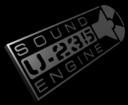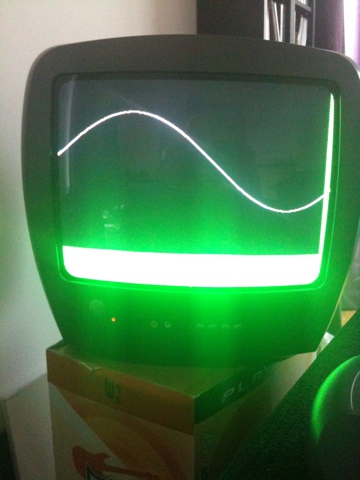It’s been a week and thought I should scribble some stuff down here to cover what happened, and what I can remember (there wasn’t much sleep to be had).
Alas the trip there was a bit of an epic jaunt. Gaz popped up to mine with plans to head off early to collect Kev and Mike en route. To kill off time Thursday evening we decided to go for a curry and a pint in Manchester, meeting up with Rich we had a rather nice curry and a few more beers than we first planned, then sat nattering over a bottle of Cider until 2AM.. so early start, not meaning a lot of sleep.
The drive there was a bit horrific, the roads knew I was tired, traffic and delays the whole way 🙁 so despite booking a later ferry we only JUST made it in time. We did get the chance to get mine and Kev’s laptops setup and ready to code and develop on the ferry. The drive in France was a lot easier and we even found the hotel with minimal trouble! huzzah
The event was awesome from the moment we arrived, largest I have ever seen, tables everywhere, quite a lot empty, but over half the room already full. We located the other guys entering the coding competition and setup there. Where most systems had one monitor/tv each (some more systems than monitors) this wasn’t the case where we were, each system had at least 2 screens 🙂 as well as laptops etc.
Once the competition had begun, I was now fully facing the prospect of writing a Tetris like game, from scratch, with power-ups (these were the competition requirements) on the Atari Jaguar (my retro system of choice 🙂 ). I had been thinking about this for a while, the Tetris aspect had already been made known, but it was still pretty daunting to sit there looking at a directory with nothing in it but a make file and system setup routines. Of course once the ball was set rolling the code did fly, Kev quickly crafted some graphics to get me started and it began. My biggest regret, not enough sleep :) We stayed there hacking away until around 2AM before deciding to get SOME sleep.
Sunday we were back at the event a little later than I hoped, with the coding to finish before 15:00 I set about crafting in the code I had written in my sleep 🙂 and Kev crafting more of the pixels. It was a great motivation to overcome one of the bugs in the system within a few minutes of starting for the day (all hail coding in your sleep). Kev’s graphics really made it shine also. 15:00 came around damn quick, game not finished, but resembling Tetris, and looking good, so I was pleased anyway.
So 21-24 hours later and about 1700 lines of assembly code, 1.1MB of graphics we produced the startings of a game called Reactris. Thankfully some kind souls in internet land and part of the Atari Jaguar scene have crafted a lovely youtube video of it:
Youtube Reactris video
(thanks to ZeroSquare for the capture, and Sauron for the upload)
Post event, I slept, having had about 15 hours in the last 3 days and driven for 10 hours :)Â Of course my travelling companions likened my appearance to that of a Zombie :).. Thankfully the drive home was a lot less troublesome, well except for the muppet that flipped a trailer in front of us blocking the main route out of Meaux.
Look forward to going next year 🙂 now I just need to finish off this game… 🙂
 Life wise has also been amazing, I have met an amazing woman (literally!) and things are going better than I could have hoped in that regard also! One of the many positives she has had on my life is rekindling my interest in cycling, so much so I am now cycling to work (not enough, but getting there), twice this week, would have been three times, except I was feeling pretty lazy this morning 🙂 (and have a lot to do tonight). As well as cycling, I have started to take Skiing lessons, hoping to make use of my new skills with my new lady later in this year or early next year 🙂
Life wise has also been amazing, I have met an amazing woman (literally!) and things are going better than I could have hoped in that regard also! One of the many positives she has had on my life is rekindling my interest in cycling, so much so I am now cycling to work (not enough, but getting there), twice this week, would have been three times, except I was feeling pretty lazy this morning 🙂 (and have a lot to do tonight). As well as cycling, I have started to take Skiing lessons, hoping to make use of my new skills with my new lady later in this year or early next year 🙂